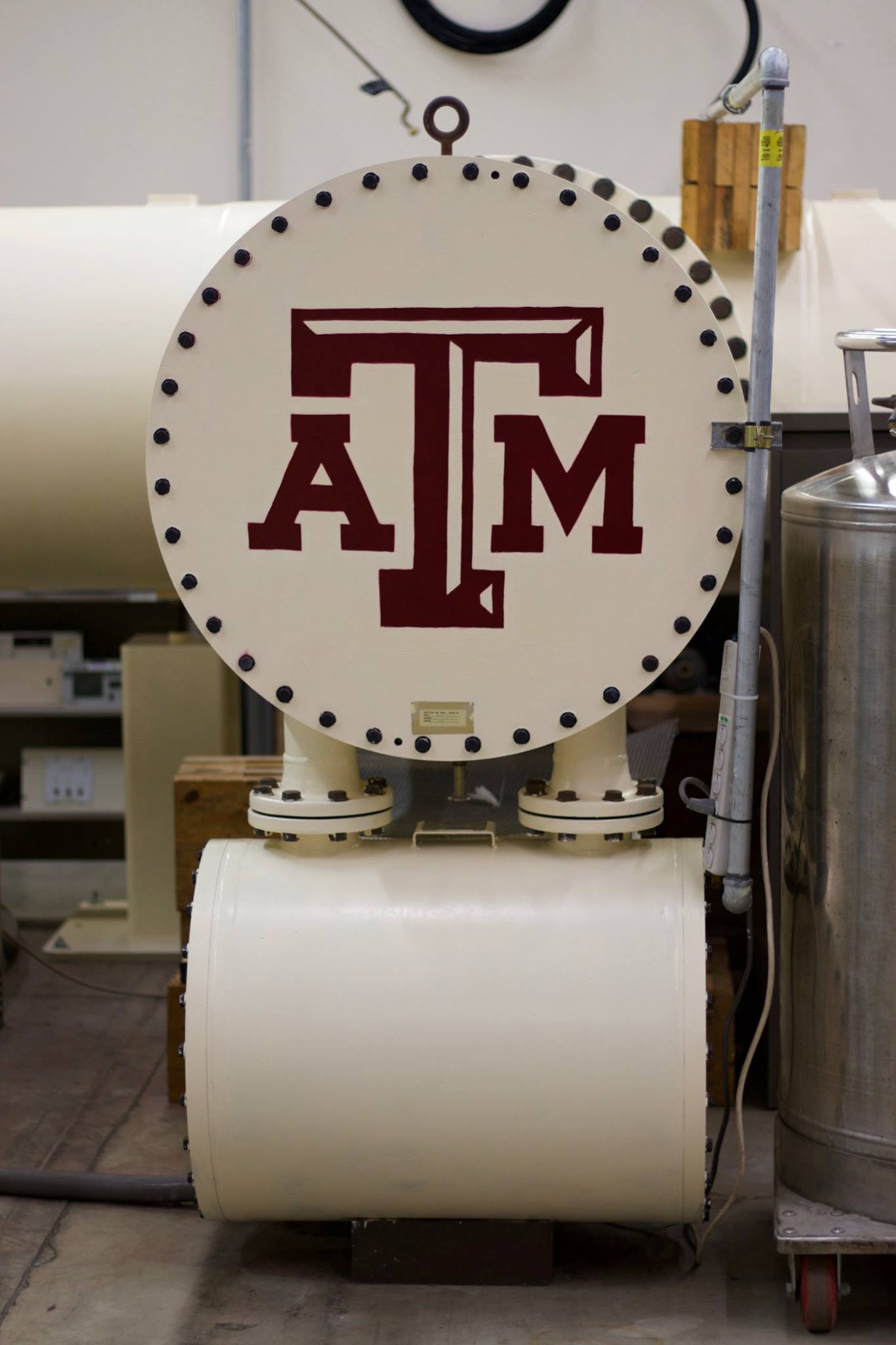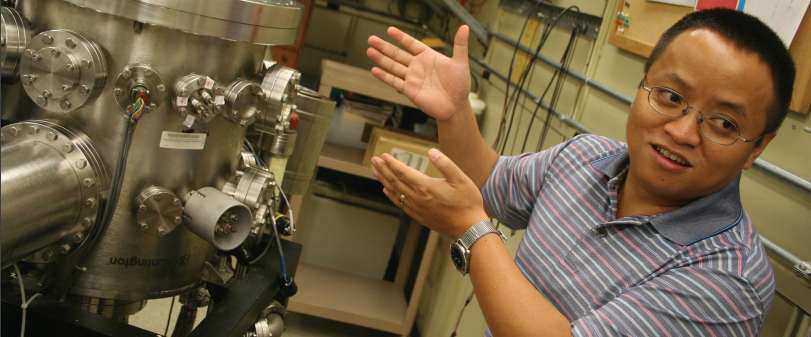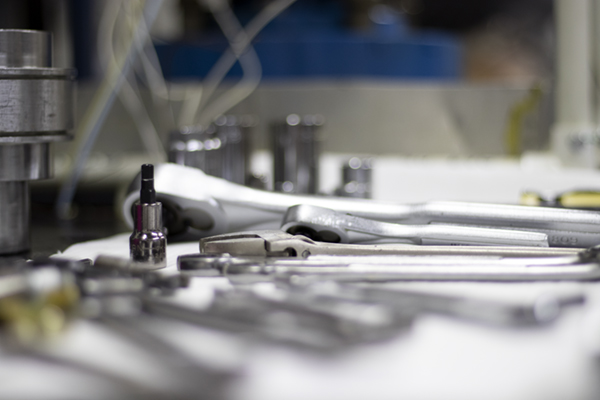
Q&A
Q: Why did you decide to study nuclear engineering?

A: I started in particle physics but I wanted to have a greater impact on society. I began to use accelerators to conduct radiation damage studies when I worked at Los Alamos National Laboratory. Today I use accelerators to simulate neutron damage inside the reactor. Texas A&M University has the largest accelerator laboratory in the country. We use it as a platform to benefit industry and national laboratories, and to support innovative student research. I always get excited to work with the students here. When I mentor them, I learn new things myself. Questions from students often open new insights I had never considered before.
Q: What’s your nuclear pitch?

A: Nuclear energy has many benefits, the biggest one being it is a low-cost clean energy. People may be surprised that a nuclear power plant is the lowest cost resource we have. The main cost of a nuclear power plant isn’t continued upkeep, it’s the capital investment to construct a nuclear power plant. The construction costs are high, between $3 and $9 billion, but the maintenance costs are very low at less than $10 per megawatt hour. The maintenance costs for other energy sources can be close to $300 per megawatt hour. A nuclear power plant will provide energy for 30 to 45 years, based on current technology. When you actually look at the data, nuclear is clearly the best energy investment in the long term.
The second benefit is that it’s emissions free. A nuclear power plant does not create carbon dioxide or pollution. Nuclear waste is very well regulated, and because it’s contained, does not affect the local environment. Coal on the other hand is known to have a negative impact on public health. When you burn coal, you release things like mercury, metal particles, nitrogen oxide and sulfur oxide.
Another benefit is the ability to build a nuclear power plant anywhere you have a water source, such as a river, lake or ocean. Therefore, you can have a healthy distribution of nuclear plants across the world. Other forms of energy creation such as wind or solar have more limiting requirements. Wind and solar energy are dependent on locations. Solar energy can’t be captured at night and wind energy fluctuates. Nuclear energy provides a near constant source of power. The only time a nuclear power plant stops is when the nuclear fuel needs to be refueled.
Q: Can you explain how a carbon tax would make nuclear more competitive?

A: A carbon tax would apply to industry businesses that emit carbon dioxide pollution, meaning a coal plant would have to pay an additional tax for contributing to climate change. Nuclear energy is emissions free, so it would make the price for nuclear even more competitive than I stated earlier.
Q: What is the difference in the terms “clean energy” and “renewable energy” and do you think we need both types in the future?

A: I think it would be fantastic to have both. Nuclear energy is a form of clean energy because it is emissions free, it does not add dangerous pollution to the atmosphere. Nuclear energy isn’t renewable because uranium is a finite resource, unlike sunlight or wind. However, we have a great deal of uranium, spent fuel is recyclable in some countries, and thorium could overtake uranium as a nuclear fuel source in the future. Thorium is an abundant resource on Earth. One problem with solar energy is the use of silicon-based substrates, which contaminates the environment in their production and processing.
Q: What are the benefits of small modular reactors?
Q: Do you have a favorite reactor?

A: My favorite reactor is the pebble bed reactor. It has an impressive optimized system design. When you focus on the small scale of refining engineering materials you can greatly impact reactor performance. It’s fascinating.
Advanced reactor design is also amazing because they physically can’t melt down.
Q: Is nuclear energy safe?
A: Yes. I know a lot of people will hate my statement, but as a nuclear physicist, I’m not worried about nuclear storage in deep geological disposal areas at all. Even if they leach out in thousands of years they will not, by their elemental composition, be soluble in water.